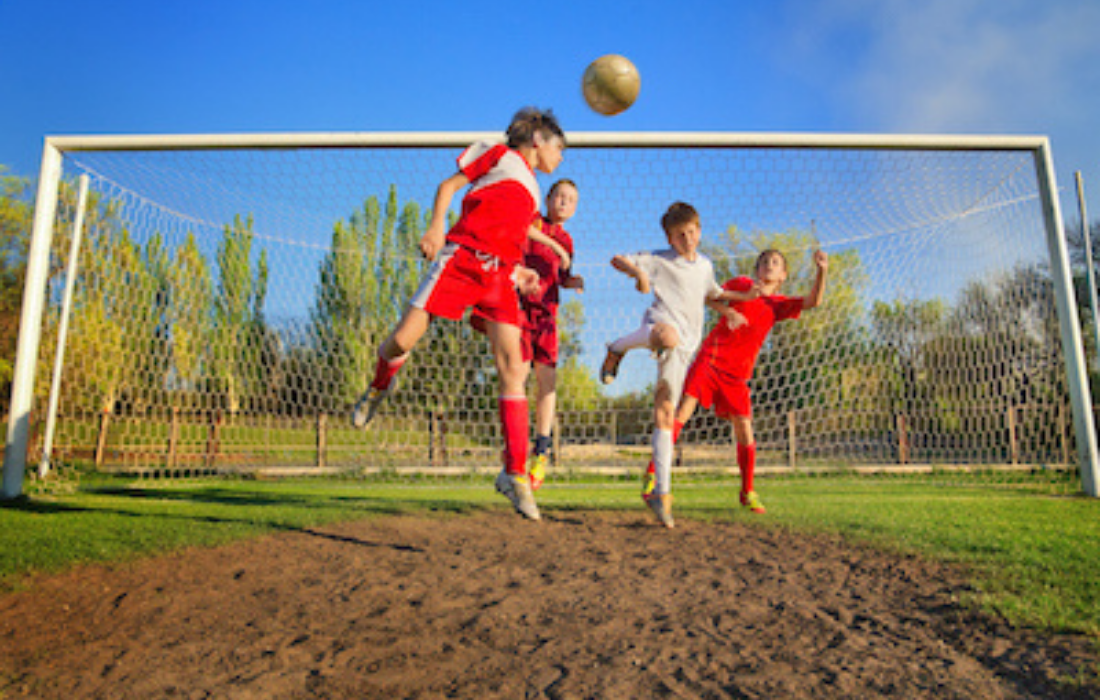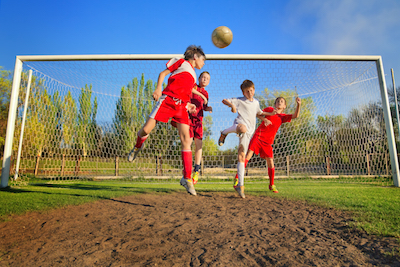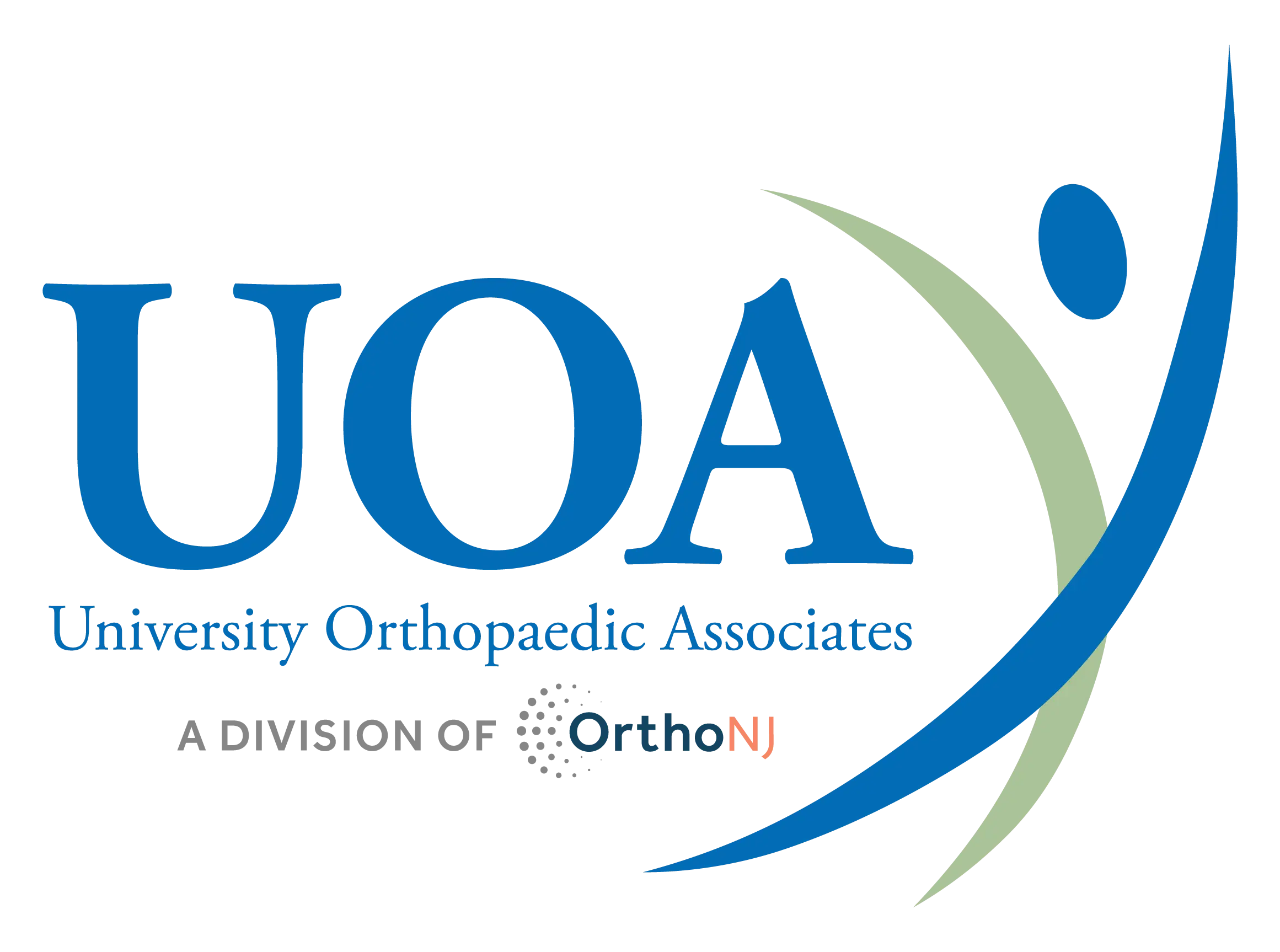Understanding Common Pediatric Sports Injuries

 More than 30 million children worldwide participate in organized sports. Children benefit from these activities both physiologically and mentally—participating in sports helps develop important motor skills, keeps the body active, and allows children a space to grow socially alongside fellow teammates. Learning about good sportsmanship and how to be a team player are crucial parts of a child’s social development, and organized sports foster an environment where children can feel healthy and happy in both mind and body.
More than 30 million children worldwide participate in organized sports. Children benefit from these activities both physiologically and mentally—participating in sports helps develop important motor skills, keeps the body active, and allows children a space to grow socially alongside fellow teammates. Learning about good sportsmanship and how to be a team player are crucial parts of a child’s social development, and organized sports foster an environment where children can feel healthy and happy in both mind and body.
A Look Into Youth Sports Injuries
Participating in sports—like any physical activity—does not come without risk of injury. Each year, it is estimated that approximately 3.5 million children under the age of 14 are treated for sports-related injuries. Below is a brief look into the most common sports injuries among children and how they are diagnosed and treated.
Growth Plate Fractures
On either end of the most bones are areas of growing tissue known as growth plates. These growth plates are made of growing cartilage-like tissue that is responsible for the elongation of the bones as a child grows. This cartilage separates the shaft of each long bone from the end portions of the bone (called “epiphyses”), so that as the shaft of the bone lengthens during growth and development, the epiphyses can grow with it. To accomplish all of this, growth plates need to be flexible and adaptable, not dense and strong like the rest of the bone. Consequently, this makes growth plates especially vulnerable to injury during a child’s development. Fractures affecting the cartilage of the growth plate are known as growth plate fractures, and they occur twice as often in boys than in girls. The most common growth plate fracture locations are the following:
- Wrist growth plate
- Ankle growth plate
- Femur growth plate
The fundamental symptom of a growth plate fracture is persistent pain that inhibits movement. A physician typically diagnoses a growth plate fracture after taking a detailed medical history, considering the events surrounding the injury, performing a physical examination and ordering an x-ray. If left untreated, growth plate fractures can cause permanent damage to the bone and can interfere with proper growth and development of the affected limb. If treated appropriately, most growth plate injuries have a very low risk of future problems. It is therefore important to assess a child’s complaints of pain following a sports activity as soon as possible to obtain a correct diagnosis.
Bone Fractures
For several reasons related to growth, children are more likely to suffer from fractures to the bone than from ligament sprains. Fractures of the upper extremities—such as the clavicle (collar bone) and humerus (upper arm bone)—are common fractures found in children. This is primarily due to the position children take when falling, placing their hands out in front of them to lessen the impact. Fractures of the lower extremities, however, are also common.
Fractures are generally extremely painful and can hinder normal body movement as well as cause external, observable swelling and bruising. Fractured bones can also have noticeable deformities and may look abnormal or “out of place” to an observer. If there are no external signs of a fracture, a physician can diagnose the injury by utilizing one or more tests to directly assess damage to the bone. Once a fracture is diagnosed, treatment can begin. The following are some of the most common treatment methods for bone fractures in children:
- Cast immobilization: application of a plaster or fiberglass cast.
- Functional cast or brace: allows for limited mobility of nearby joints to reduce further injury while the fracture heals.
- Traction: used to align bones using a gentle, pulling action.
- External fixation: an operation where metal pins or screws are placed above and below the fracture location and connected to a metal bar outside the skin. This treatment may be used temporarily until surgery is possible.
- Open reduction and internal fixation: an operation where bone fragments are repositioned back to normal alignment by use of screws or metal plates attached to the outer surface of the bone.
Recovery time for a fracture can range from several weeks to several months, depending on the extent of the injury. After the cast or brace is removed, mobility may still be limited until the bone has regenerated enough to resume normal activity.
Why Come to UOA?
UOA is the leader in comprehensive care for all sports-related injuries and conditions, with an award-winning, caring, and compassionate staff of certified sports medicine physicians. We serve children, professional athletes, and everyone in between at our all-in-one facility. We offer the best in care at any and all levels, from diagnosis and treatment to rehabilitation and prevention.

